Innovation is more important than ever in modern agriculture. The entire industry is facing major challenges, from rising delivery costs to labor shortages to changing consumer demands for transparency and sustainability. Agricultural companies are increasingly recognizing the need for solutions to these challenges. New advances in technologies have completely transformed modern agriculture. Farmers now have access to tools to meet the demands of the world’s ever-growing population.

Agriculture automation, often associated with the “smart farming” trend, aims to make farms more efficient and automate the cycle of crop or livestock production. More and more companies are innovating in robotics to develop drones, autonomous agricultural machinery, automatic irrigation and weeding robots. Although these technologies are relatively new, the industry has seen more and more traditional farming companies recognize the benefits of automating agricultural processes.
What technologies are used to automate agriculture?

The goal of automation is to replace manual tasks while optimizing efficiency and resource utilization. Here are some important technologies that we will see more use on farms in the future.
Harvest automation
Harvesting fine fruits and vegetables has always been difficult to automate due to more complex requirements for picking and handling processes. Harvesting robots have to be particularly careful with the products so that they do not crush or damage them. The Spanish company “Agrobot” has now successfully developed the first robot for the careful harvesting of strawberries, regardless of where and how they are grown. Thanks to sensors with infrared rays, the system recognizes the three-dimensionality and harvests each individual strawberry using 24 robot arms. Asparagus and apple harvesting robots also recently came onto the market. With automation technology, products reach consumers faster, fresher and more sustainably. Increasing efficiency through automation increases yields and production rates, thereby reducing costs for consumers.
Automatic steering systems
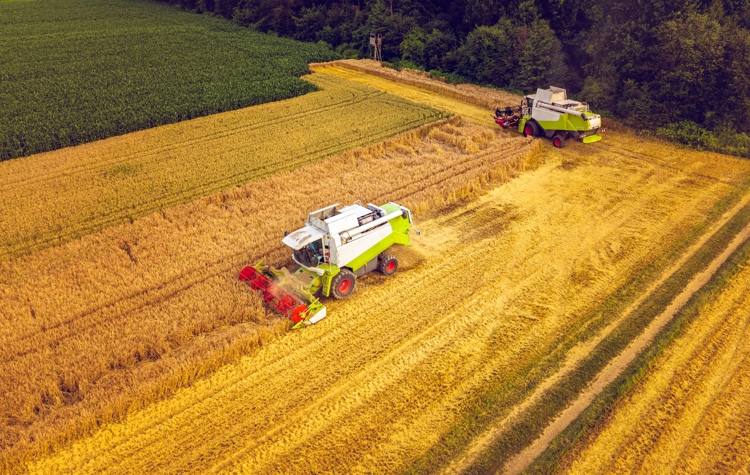
Tractors and combine harvesters can now move across the field with much more precision. Automatic steering systems not only significantly reduce the burden on the driver, but also help to make the harvesting process as efficient as possible. Precise track-to-track editing reduces overlaps and imperfections. This increases yields, saves fuel and conserves resources. The trade journal agrarheute calculated that automatic steering can bring a performance increase of at least 12 percent.
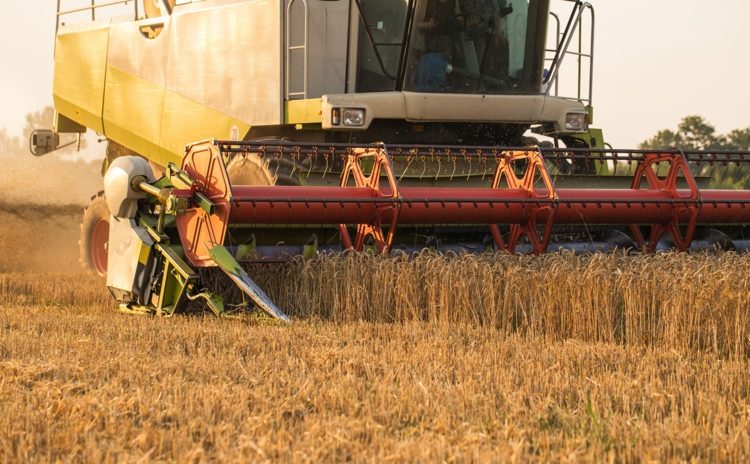
Leading manufacturers such as Claas, John Deere, Case IH and New Holland even offer special tuning packages that make it easier for farmers to access automation by allowing them to cost-effectively retrofit existing agricultural machinery with the latest autopilot technology, GPS-assisted steering aids or lane guidance systems. Whether retrofitting is possible depends on the year, make and model of the harvester, for example look here.
Sowing and weeding
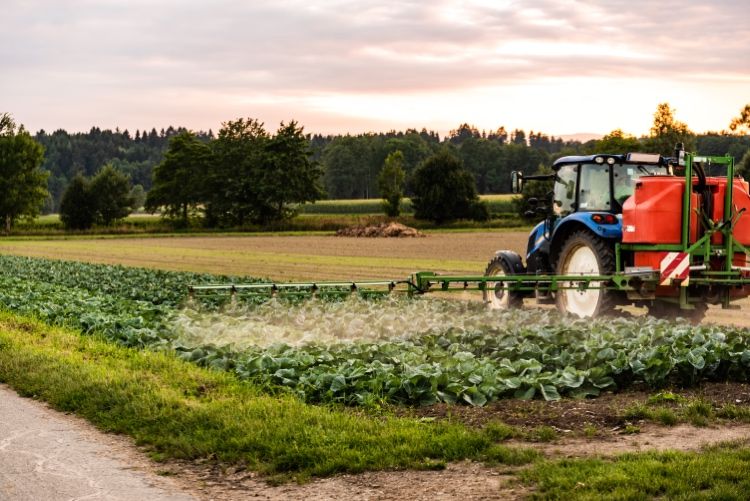
The robotics developed for sowing and weeding can be targeted to specific harvest areas. When sowing, this can easily reduce the amount of work and everyday tasks on the farm. Weeding robots can use computer vision to be incredibly accurate and reduce pesticide use by 90%. The American robotics company Blue River Technology, for example, uses computer vision technologies to precisely apply herbicides only where they are needed. This gives farmers a new opportunity to save costs and also prevent herbicide resistance in weeds.
Drones
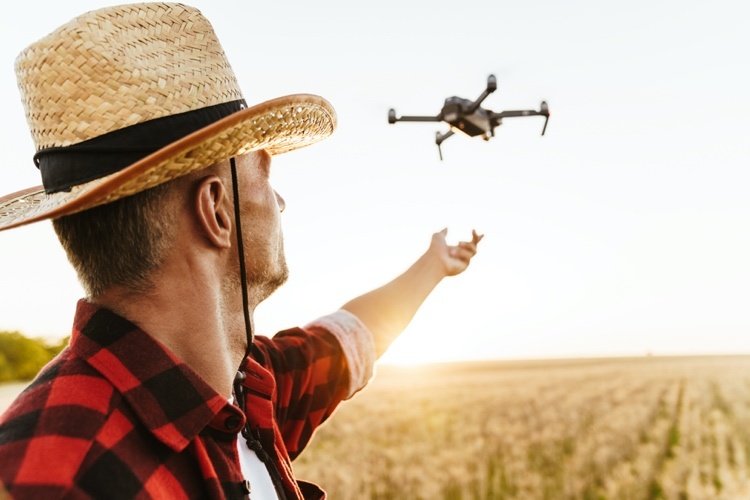
Drones are also being used more and more frequently in agriculture. The “high-tech eyes” can monitor the condition of plants and soil from the air and can also quickly and cost-effectively identify problem areas using imagery and infrared analysis. In this way, drones help diagnose problems early. By precisely determining plant diseases or weeds, farmers can also save water, fertilizer and pesticides.
view in the future
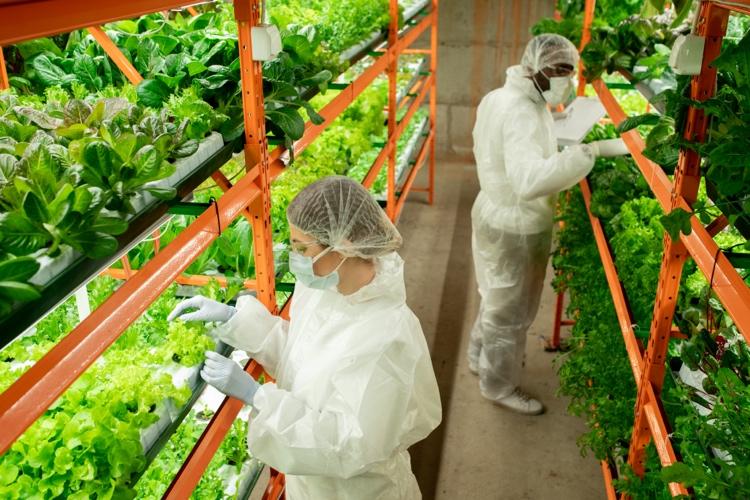
The advancement of technologies, production systems and software to automate agricultural processes not only offers enormous benefits for farmers and consumers, but also addresses problems such as the growing global population, labor shortages, the environmental footprint of agricultural production, bee decline and changing consumer preferences towards organic and sustainably produced products.




